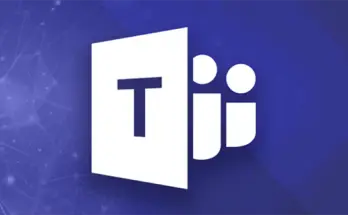Ever since the pandemic, there were many organizations that realised they don’t need a physical office to get the work done. As a result, remote working has managed to earn an increasing fan following ever since. Offices are now fully transitioning from traditional to full-time remote.
There are also firms that have found it easy to expand overseas with remote working. Considering all the benefits that remote working bring with it such as lower expenses for organizations, greater access to applicants, improved retention employees, and increased productivity among many, there is no turning back now.
However, even after months of remote working, there are companies that are facing issues in transformation. Worry not. Here is a list of a few tips that you should keep in mind when planning to go fully remote.
Get the right digital tools
In the digital era, you will find several tools that will do wonders for you and your organization. These tools have been designed specifically to make remote working easy for you.
A remote meeting software is one such tool that allows you to easily collaborate and make your business operations seamless. You can host virtual meeting sessions to ensure your employees are not feeling isolated or left out. This also induces a sense of relief among remote employees.
There are also plenty of communication tools that can make communicating with your remote employees simple. Use these tools to make important announcements, host a brainstorming session, or to simply help find employees real-time answers.
Update your policies
It is crucial to understand that remote work policies will be far different from your office-based policies. Make sure you clearly communicate your expectations from employees and keep updating what your share every once in a while.
These policies may include the following:
- Availability of employees. Make it clear whether your employees are required to be online during business hours or they can set their schedules themselves.
- Ways to organize, collaborate, and safely store documents.
- Ways to measure the progress and results of employees.
- Communication and collaboration tools that are to be used.
Host occasional meetings
It is true that the whole idea of remote working is to eliminate costs. However, it is important to make sure that your employees are still happy and are enjoying their work. You can do this by hosting an occasional meeting sessions.
An informal get together every once in a while will enable your employees to bond with each other and relish the moments together. This will help you increase employee retention and satisfaction.
You can also host brainstorming meeting sessions over lunches for employees. This will help them collaborate better, meet, and still work on the success of your organization.
Trust your employees
You will not be able to transform from office-based compay to fully remote working oranization if you don’t trust your employees. Let go of micromanaging. Micromanaging can annoy employees and make them look for other opportunities.
Instead, be a little flexible. We are not saying don’t manage them. Just avoid from putting your foot down everytime. Let go of a few things. There was a reason why you hired a certain employee. Let them do their job.
Make changes to your onboarding process
Onboarding is a crucial process. With new work arrangement, you need new onboarding processes and policies. It can often get a little tricky to make your employees feel like a part of your organization. However, when you have the right tactics, you can make it a seamless process.
A few things that HR managers can do is introduce new hires to their teammates before the date of joining, use web conferencing tools to host face-to-face orientation, and employ a seasonal employee as a buddy to make the new hire feel comfortable among many.
Conclusion
Transitioning from an office-based company to a full-time remote business can often get overwhelming. With the right tools and a structured plan, you will not feel like things are getting out of control. You just need to make sure to keep the focus.


